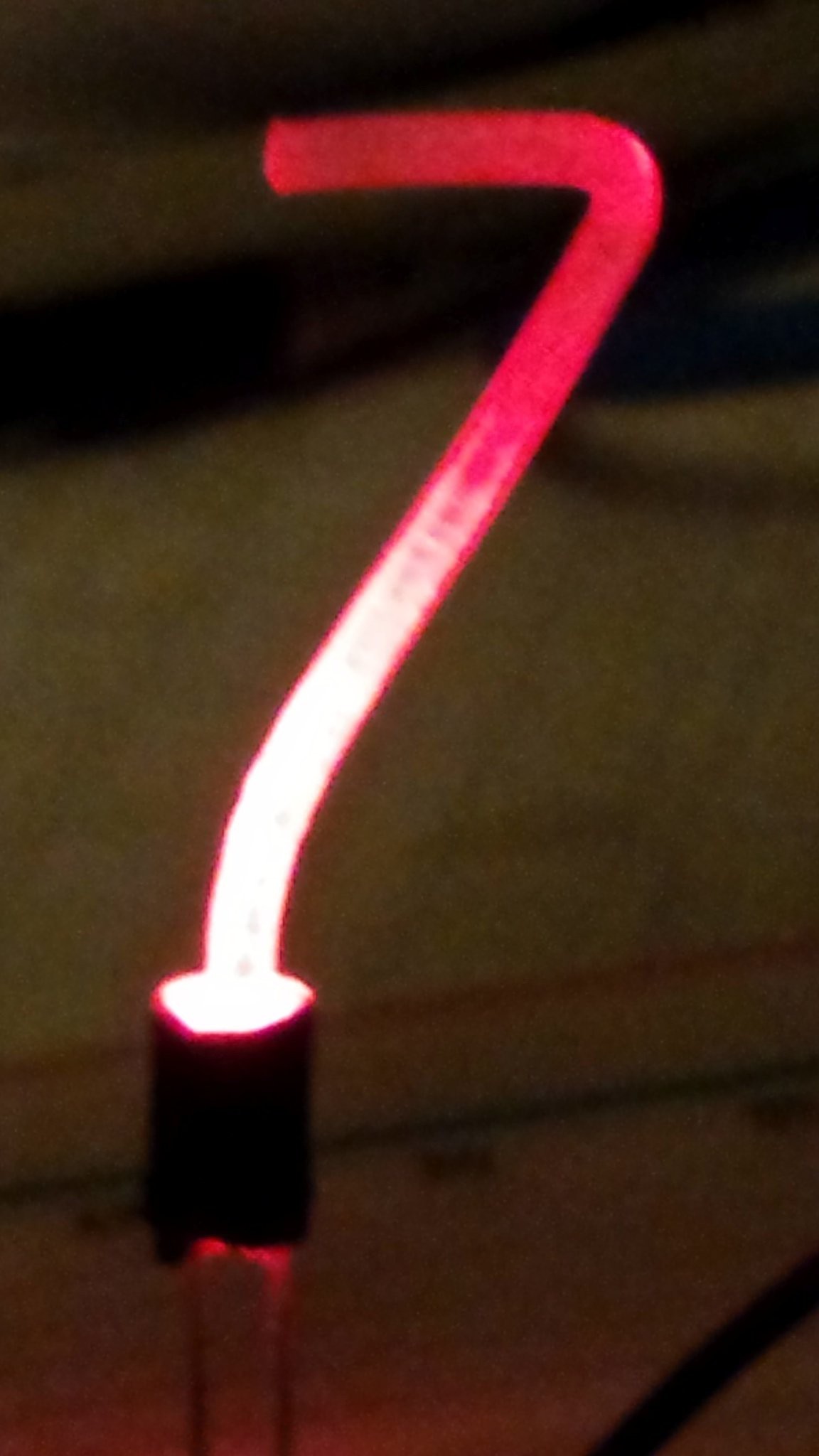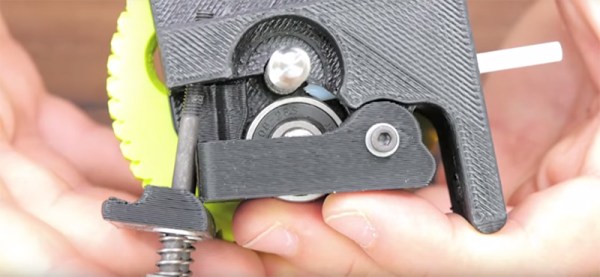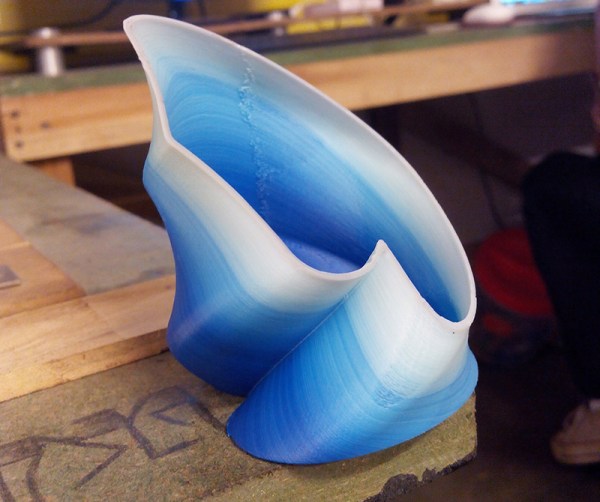Beyond the simple world of basic PLA filaments there is a whole wild world of additives that can change this humble material for better or worse. The most common additives here are primarily to add color, but other additives seek to specifically improve certain properties of PLA. For example Bambu Lab’s new PLA Tough+ filament series that [Dr. Igor Gaspar] over at the My Tech Fun YouTube channel had over for reviewing purposes.
According to Bambu Lab’s claims for the filament, it’s supposed to have ‘up to’ double the layer adhesion strength as their basic PLA, while being much more robust when it comes to flexing and ‘taking a beating’. Yet as [Igor] goes through his battery of tests – comparing PLA Tough+ against the basic PLA – the supposedly tough filament is significantly worse in every count. That sad streak lasts until the impact tests, which is where we see a curious set of results – as shown above – as well as [Igor]’s new set of impact testing toys being put through their paces.
Of note is that although the Tough+ variants tested are consistently less brittle than their basic PLA counterparts, the Silver basic PLA variant makes an unexpectedly impressive showing. This is a good example of how color additives can have very positive impacts on a basic polymer like PLA, as well as a good indication that at least Bambu Lab’s Basic PLA in its Silver variant is basically better than Tough+ filaments. Not only does it not require higher printing temperatures, it also doesn’t produce more smelly VOCs, while being overall more robust.
Continue reading “Bambu Lab’s PLA Tough+ Filament: Mostly A Tough Sell”



![Courtesy of [david.reid]](https://hackaday.com/wp-content/uploads/2018/04/3837651523601540563-e1523925634762.png?w=600&h=450)
















